In recent years, the demand for paper cups has surged due to the growing trend of environmentally friendly alternatives to plastic. However, this increase in production raises concerns about energy consumption and environmental impact. Paper cup manufacturing machines play a crucial role in this industry, and understanding their energy consumption patterns can lead to significant improvements in efficiency and sustainability. This article provides an analysis of energy consumption in paper cup machines and explores potential energy-saving solutions.
Understanding Energy Consumption in Paper Cup Machines
The energy consumption of paper cup machines varies depending on their design, capacity, and operational practices. Typically, these machines require substantial energy for several processes, including heating, cutting, and forming paper into cups. Analyzing energy usage involves assessing both direct energy inputs from electricity and indirect inputs from other resources like water and raw materials. Understanding how much energy each part of the process consumes is critical for identifying areas where savings can be made.
Key Factors Influencing Energy Use
Several factors influence the energy consumption of paper cup machines. These include the machine's age, technology, maintenance level, and the specific production processes employed. Older machines tend to be less energy-efficient due to outdated technology. Additionally, machines that are not well maintained may operate inefficiently, leading to increased energy use. Furthermore, the type of paper used and the design of the cups can also affect energy consumption, as thicker or more complex designs often require more power to produce.
Current Energy-Saving Technologies
Advancements in technology have led to the development of more energy-efficient paper cup machines. Innovations such as servo motors, which provide precise control over machine operations, can significantly reduce energy consumption. Moreover, the implementation of variable frequency drives (VFDs) allows machines to adjust their speed according to the load, optimizing energy use during operation. Additionally, energy recovery systems can capture waste heat and recycle it within the process, further improving overall efficiency.
Operational Strategies for Reducing Energy Consumption
In addition to technological upgrades, there are various operational strategies that manufacturers can employ to reduce energy consumption. One effective approach is to implement a regular maintenance schedule to ensure machines operate at peak efficiency. Training staff on energy-efficient practices, such as minimizing idle time and optimizing production schedules, can also lead to significant savings. Furthermore, conducting energy audits can help identify specific areas where energy use can be reduced.
The Role of Renewable Energy in Paper Cup Production
Integrating renewable energy sources into the manufacturing process can dramatically decrease the carbon footprint of paper cup production. Solar panels and wind turbines can supply clean energy, reducing reliance on fossil fuels. Some companies are already exploring options like purchasing renewable energy credits (RECs) or investing in on-site renewable energy generation. By transitioning to green energy, manufacturers not only lower their energy costs but also enhance their corporate social responsibility profiles.
Case Studies: Successful Implementation of Energy-Saving Solutions
Several companies have successfully implemented energy-saving solutions in their paper cup manufacturing processes. For instance, one leading manufacturer retrofitted its existing machinery with VFDs and servo motors, resulting in a 30% reduction in energy consumption. Another company adopted a comprehensive energy management system that included ongoing training for employees, leading to a noticeable decrease in overall energy use. These case studies highlight the effectiveness of combining technology with strategic operational changes.
Future Trends in Energy Efficiency for Paper Cup Machines
As the paper cup industry continues to evolve, future trends are likely to focus even more on sustainability and energy efficiency. Innovations in machine design, such as modular systems that allow for easier upgrades, will become increasingly common. Additionally, the integration of IoT (Internet of Things) technology will enable real-time monitoring and optimization of energy use across all machines. Manufacturers that stay ahead of these trends will not only improve their bottom line but also contribute positively to environmental conservation.
Conclusion: Achieving Sustainability Through Energy Efficiency
Energy consumption in paper cup manufacturing is a critical issue that requires attention from manufacturers seeking to improve efficiency and sustainability. By understanding energy use patterns, leveraging new technologies, implementing operational best practices, and considering renewable energy sources, the industry can make significant strides toward reducing its environmental impact. As consumer demand for sustainable products rises, those who prioritize energy efficiency will not only benefit economically but also play a vital role in fostering a greener planet.




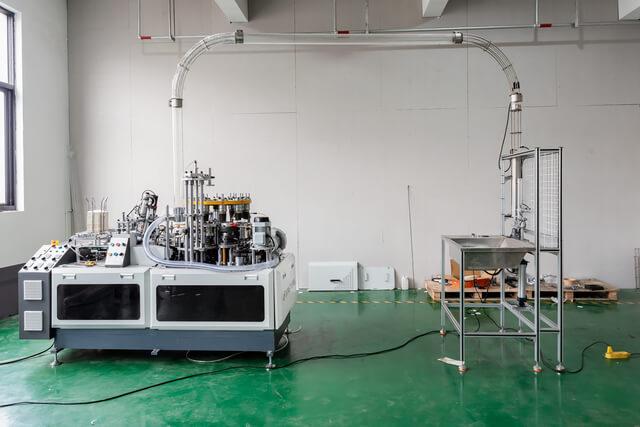
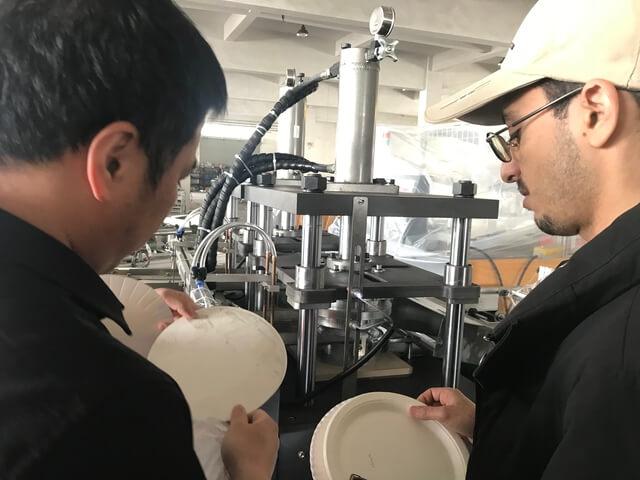
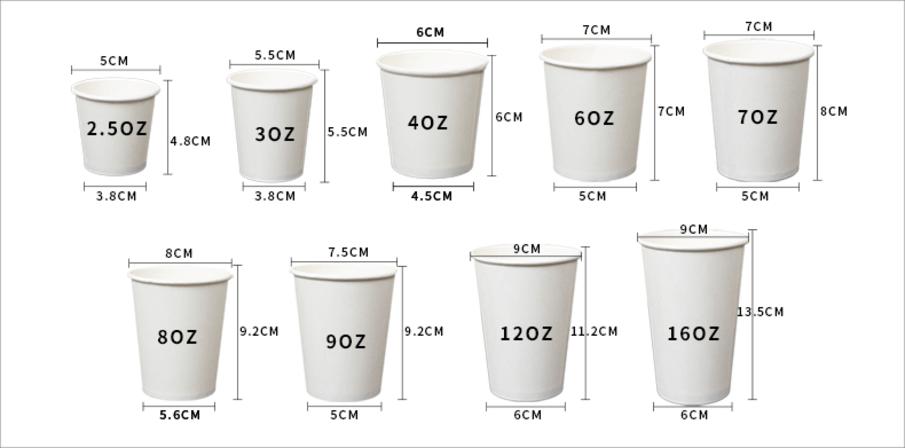
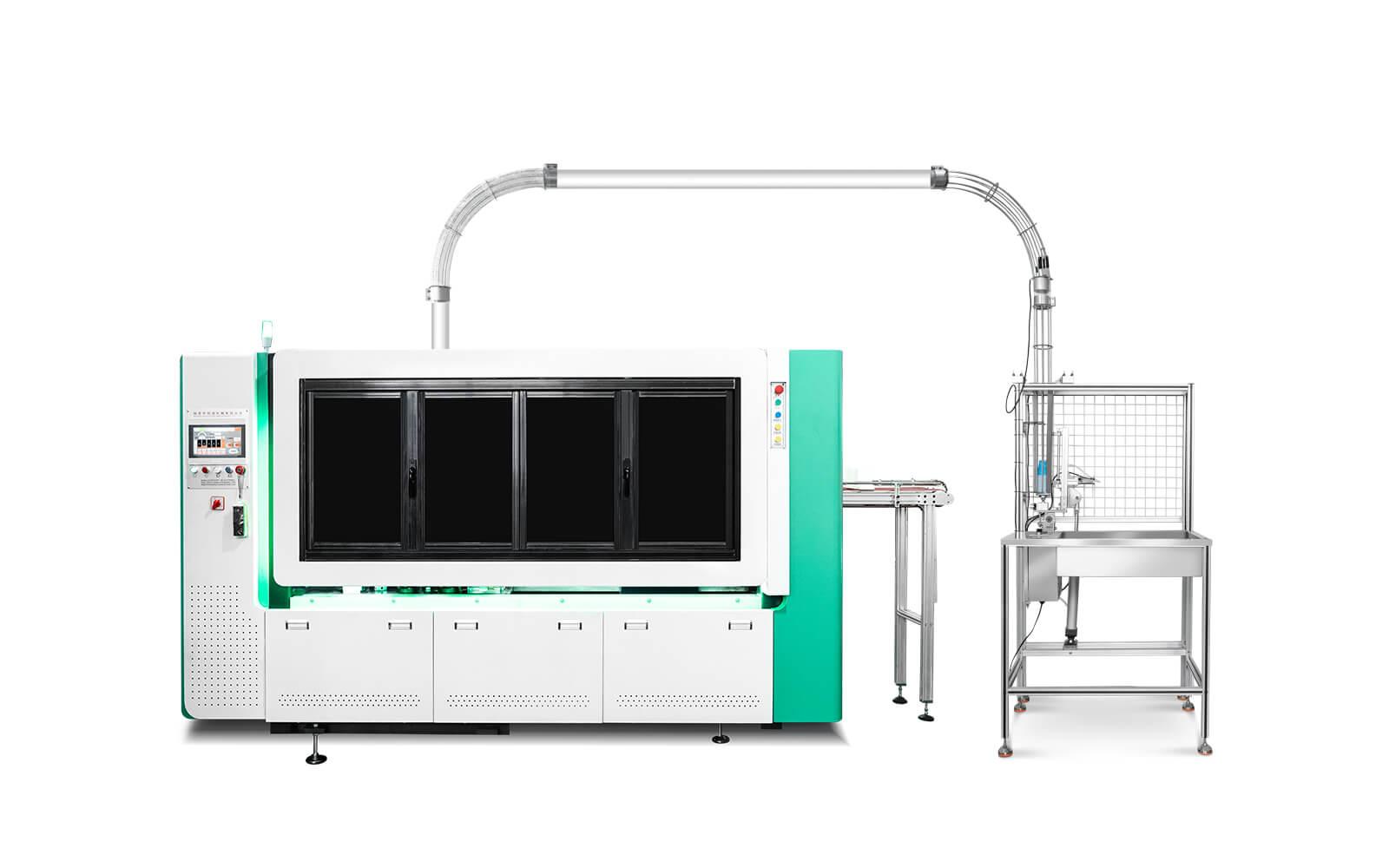
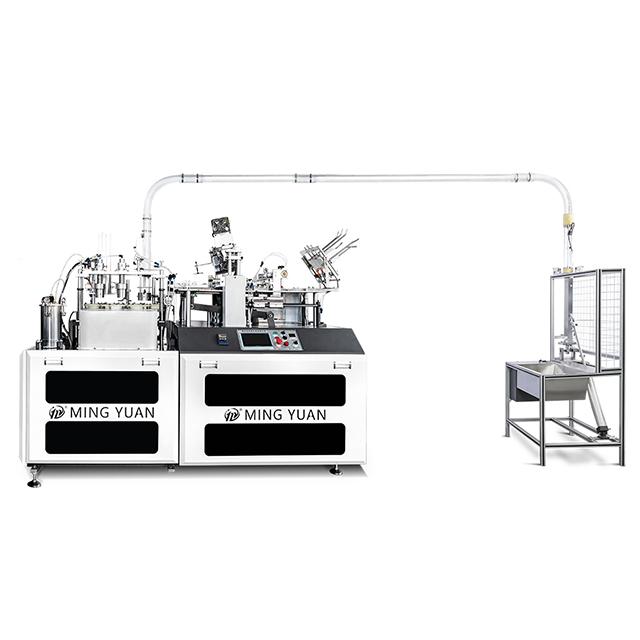
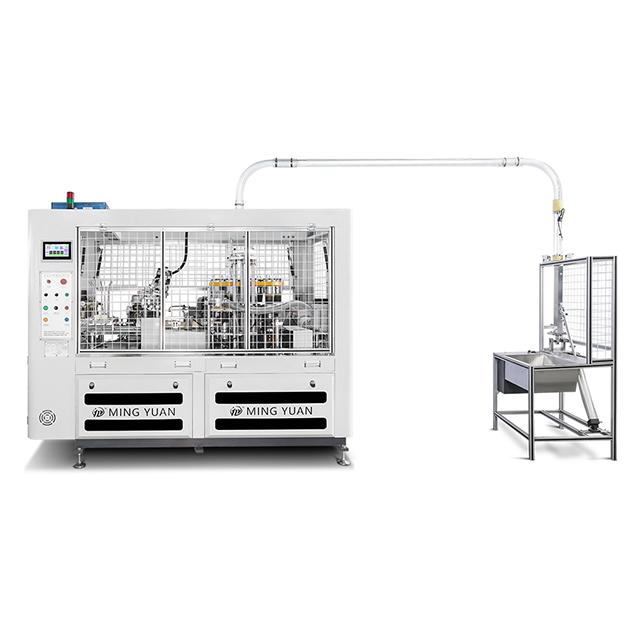
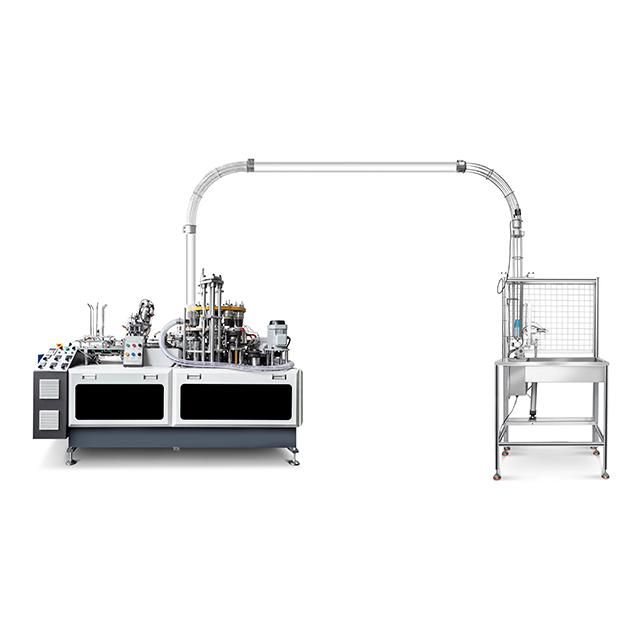
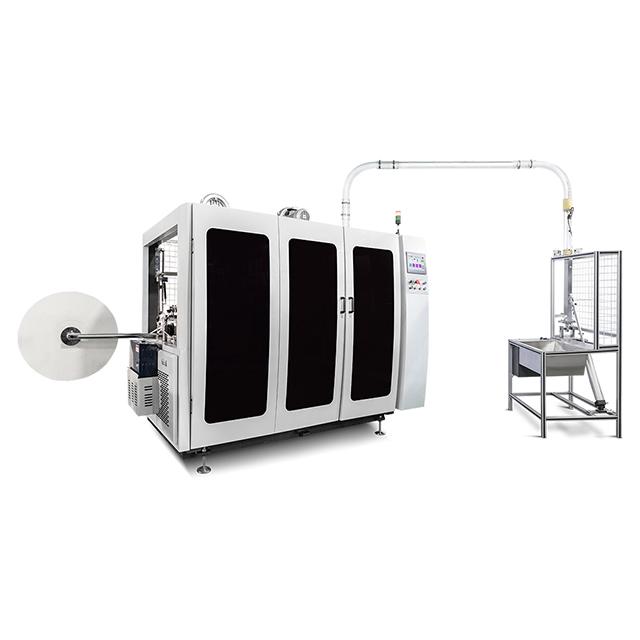

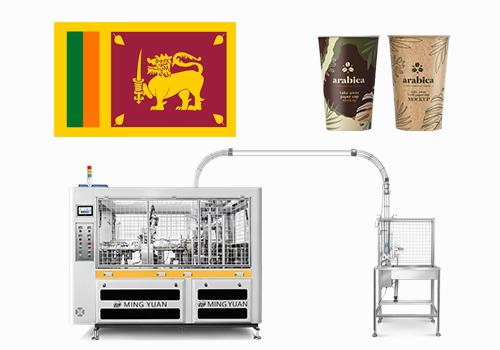
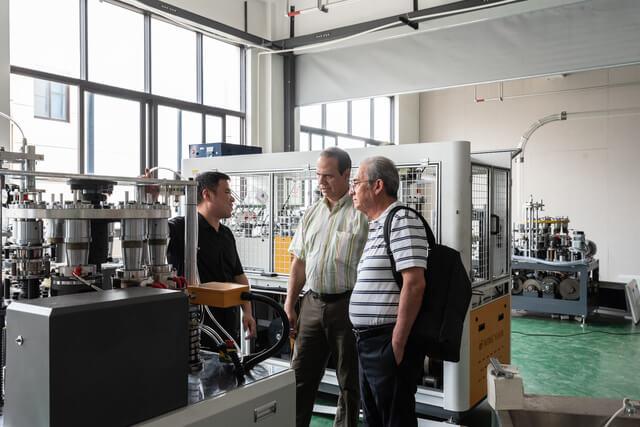

 Tel: +86-19057361870 / +86 577 65567060
Tel: +86-19057361870 / +86 577 65567060  Email: george@paper-cupmakingmachine.com
Email: george@paper-cupmakingmachine.com MP/WhatsApp: +86-19057361870
MP/WhatsApp: +86-19057361870 Manufacturer Address:No.1588, Huaming Road, Feiyun Street,Ruian City Zhejiang Province -325200 China
Manufacturer Address:No.1588, Huaming Road, Feiyun Street,Ruian City Zhejiang Province -325200 China




